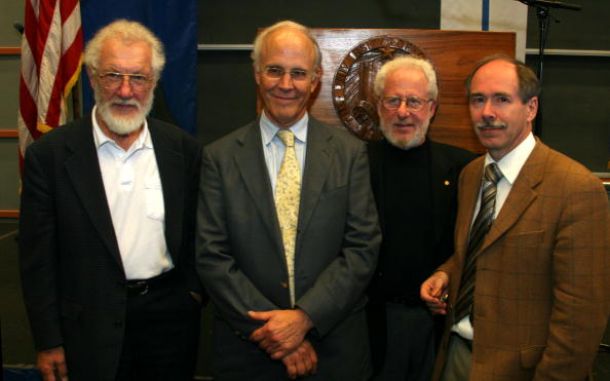News
3 Americans share 2009 Nobel physics prize
By: yahoo.comPosted On: 10/06/2009 9:16 A

Tweet
Three Americans who created the technology behind digital photography and helped link the world through fiber-optic networks shared the 2009 Nobel Prize in physics Tuesday.







